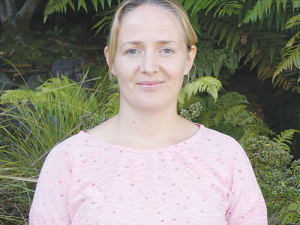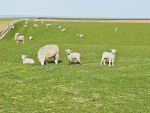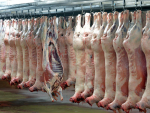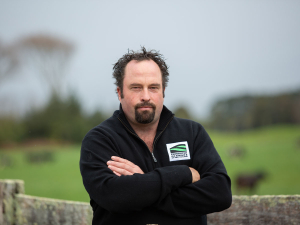Farmers should instead think smarter about how, when and how often lambs get drenched.
Dr Abigail Chase, veterinary parasitologist for Boehringer Ingelheim Animal Health New Zealand, believes that NZ farmers have generally picked up well on messages on drenching practice from 1980s research.
“The research discovered then — and much of it still stands today — that preventing larval build-up on pasture will always result in more effective worm control, rather than waiting for levels to actually rise and then trying to deal with them.”
As a result NZ farmers have become adept at adopting regular four weekly drench programmes -- but almost too much so, she says.
“Now we see a [farmer] trend to go in early to control worm levels, especially when using capsules in ewes, but then not reaping the rewards of a pasture with low larval challenge by drenching less often,” Chase explains.
“There may be a need to think a bit harder and smarter about whether drenching this time around is such a good idea.”
The result is greater exposure of parasites to drench actives than may be necessary and almost complete elimination of any refugia parasite populations within the livestock being treated.
“Maintaining these refugia (undrenched) parasites becomes vital as drench resistance grows as an issue in some areas. Good management can help push out that risk.”
She says that seeking input from a vet and using the results from faecal egg counts (FEC)s can often cost significantly less than a round of drenching, and pay off for many seasons afterwards.
“It may be a case of doing a FEC check before launching into a weaning drench, and getting more strategic about it.”
One pathway may be to take a FEC and, finding that the count is low, getting selective on what animals get drenched during that round if the farmer is uncomfortable with not drenching at all.
“It could be that you elect to draft off the lighter half of a lamb mob and only treat them, and possibly also deciding to raise their feed levels,” Chase says.
She says that with automated weighing and drafting systems the capacity for splitting stock is easy.
“You just have to be clear in your mind about how you want to go about pushing that resistance risk out, and what the simplest management options are.”
Chase says that although drenching young stock regularly is usually necessary, there are also options for helping reduce their parasite loadings by paying closer attention to how parasites are controlled in older stock, such as ewes.
“Often older stock may be left out of the drench equation, when in reality their worm loadings can have a compounding effect upon young stock’s loadings.”
Treatment using a long-acting capsule in ewes can contribute directly to improving that ewe’s lactation levels, in turn boosting lamb growth rates and improving their immunity levels to parasites.
“A significant portion of worm infection in lambs comes from the ewe.
“If you reduce exposure to the lambs you shouldn’t have to drench as often. Less larvae on the pasture means less disease for the lamb, but also less refugia.
She says this is another reason not to reduce refugia more with possibly an unnecessary drench.
Chase urges farmers to consider all options and tools available, both as management methods and drench options, and work with their vet to compile a considered, smart approach to drenching in the lead-up to summer.











